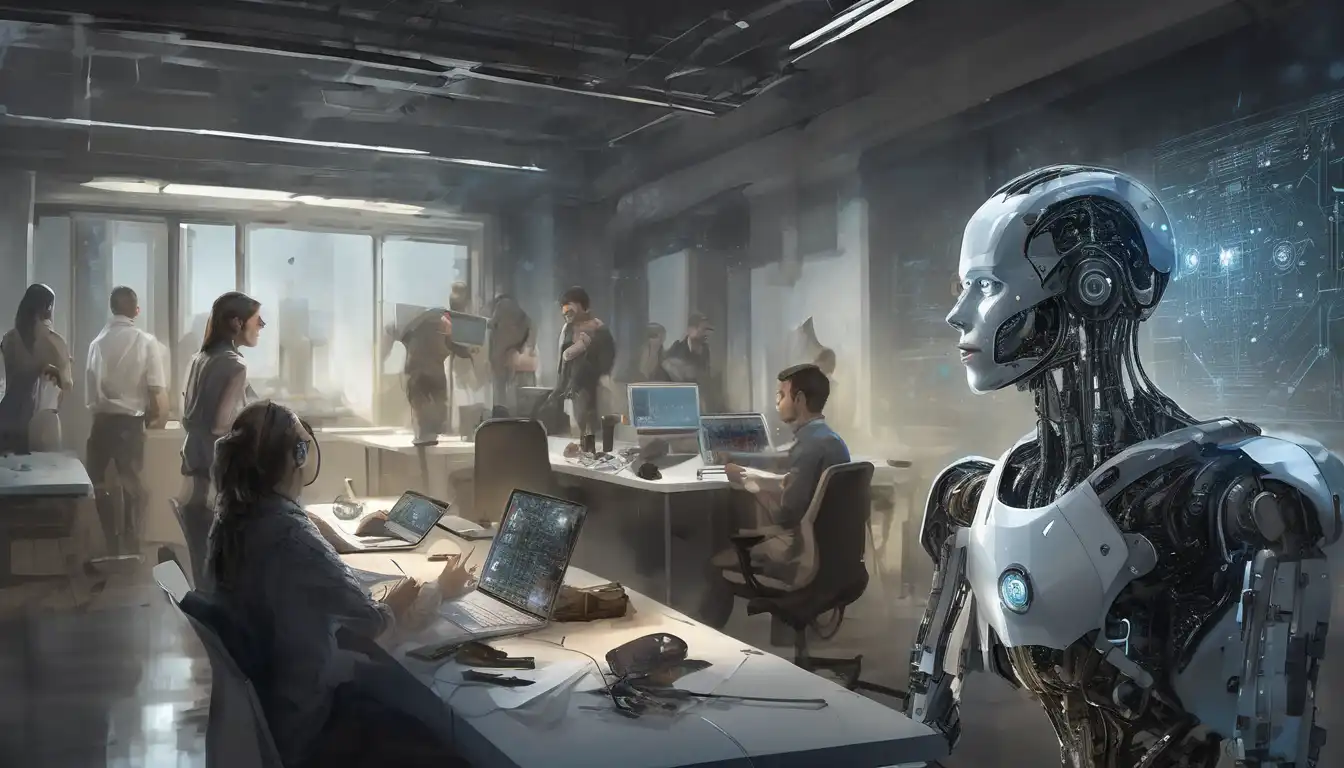What Exactly is Artificial Intelligence?
Artificial Intelligence, commonly known as AI, represents one of the most transformative technologies of our time. At its core, AI refers to computer systems designed to perform tasks that typically require human intelligence. These tasks include learning, problem-solving, pattern recognition, and decision-making. The field has evolved dramatically from simple rule-based systems to complex neural networks that can process information in ways that mimic human thought processes.
The Fundamental Types of AI You Should Know
Understanding AI begins with recognizing its different categories. The most common classification divides AI into three main types:
Narrow AI (Weak AI)
This is the AI we encounter daily - systems designed for specific tasks. Examples include virtual assistants like Siri and Alexa, recommendation algorithms on Netflix and Amazon, and spam filters in your email. These systems excel at their designated functions but cannot perform beyond their programmed capabilities.
General AI (Strong AI)
This represents the theoretical future of AI - systems that possess human-like intelligence and can perform any intellectual task that a human can. While this remains largely in the realm of science fiction, researchers continue working toward this ambitious goal.
Artificial Superintelligence
This hypothetical AI would surpass human intelligence in virtually all domains. It represents the most advanced form of AI that scientists and philosophers debate about, raising important ethical considerations for the future.
How Machine Learning Powers Modern AI
Machine learning serves as the engine behind most contemporary AI applications. Unlike traditional programming where humans write explicit instructions, machine learning enables computers to learn from data and improve their performance over time. The process involves three key components:
- Data Collection: Gathering relevant information for the AI to learn from
- Algorithm Training: Using statistical techniques to identify patterns
- Model Deployment: Applying the trained model to new situations
This approach allows AI systems to handle complex tasks like image recognition, natural language processing, and predictive analytics with remarkable accuracy.
Real-World Applications of AI Technology
AI has already integrated into numerous aspects of our daily lives, often in ways we might not immediately recognize. Here are some prominent examples:
Healthcare Innovations
AI systems assist doctors in diagnosing diseases, analyzing medical images, and personalizing treatment plans. These technologies can process vast amounts of medical data to identify patterns that might escape human observation.
Smart Home Devices
From thermostats that learn your preferences to security systems that recognize familiar faces, AI makes our homes more responsive and efficient. These systems continuously adapt to our behaviors and needs.
Transportation Advancements
Self-driving cars represent one of the most visible AI applications, using complex algorithms to navigate roads, interpret traffic signals, and avoid obstacles. Even traditional vehicles now incorporate AI features for safety and convenience.
Business Optimization
Companies use AI for customer service chatbots, fraud detection, supply chain management, and market analysis. These applications help businesses operate more efficiently while improving customer experiences.
The Building Blocks of AI Systems
Understanding AI requires familiarity with its core components. While the technical details can be complex, the fundamental elements include:
- Neural Networks: Computational models inspired by the human brain
- Algorithms: Step-by-step procedures for solving problems
- Data Processing: Methods for organizing and analyzing information
- Pattern Recognition: Techniques for identifying regularities in data
These components work together to create systems that can learn, adapt, and make intelligent decisions based on available information.
Common Misconceptions About Artificial Intelligence
Many people harbor misunderstandings about what AI can and cannot do. Let's clarify some frequent misconceptions:
AI Will Replace All Human Jobs
While AI will automate certain tasks, it's more likely to transform jobs rather than eliminate them entirely. Most experts believe AI will create new roles while changing existing ones, much like previous technological revolutions.
AI Possesses Human-like Consciousness
Current AI systems lack consciousness, self-awareness, or emotions. They process information based on patterns in data, without genuine understanding or subjective experience.
AI is Infallible
AI systems can make mistakes, especially when trained on biased or incomplete data. Understanding these limitations is crucial for responsible AI development and deployment.
Getting Started with AI Learning
If you're interested in exploring AI further, numerous resources can help you begin your journey. Online courses, tutorials, and community forums provide excellent starting points for beginners. Many platforms offer free introductory courses that cover basic concepts and practical applications.
Starting with fundamental programming skills and gradually progressing to more advanced topics allows for a structured learning path. The field continues to evolve rapidly, making continuous learning essential for staying current with AI developments.
The Future of Artificial Intelligence
As AI technology advances, we can expect to see even more sophisticated applications across various industries. Researchers are working on improving AI's ability to understand context, reason abstractly, and interact more naturally with humans.
The ethical development of AI remains a critical consideration. Establishing guidelines for responsible AI use ensures that this powerful technology benefits humanity while minimizing potential risks. As we move forward, collaboration between technologists, policymakers, and the public will shape AI's role in our society.
Artificial intelligence represents not just a technological revolution but a fundamental shift in how we approach problem-solving and innovation. By understanding its basics, we can better appreciate both its current applications and future potential.
